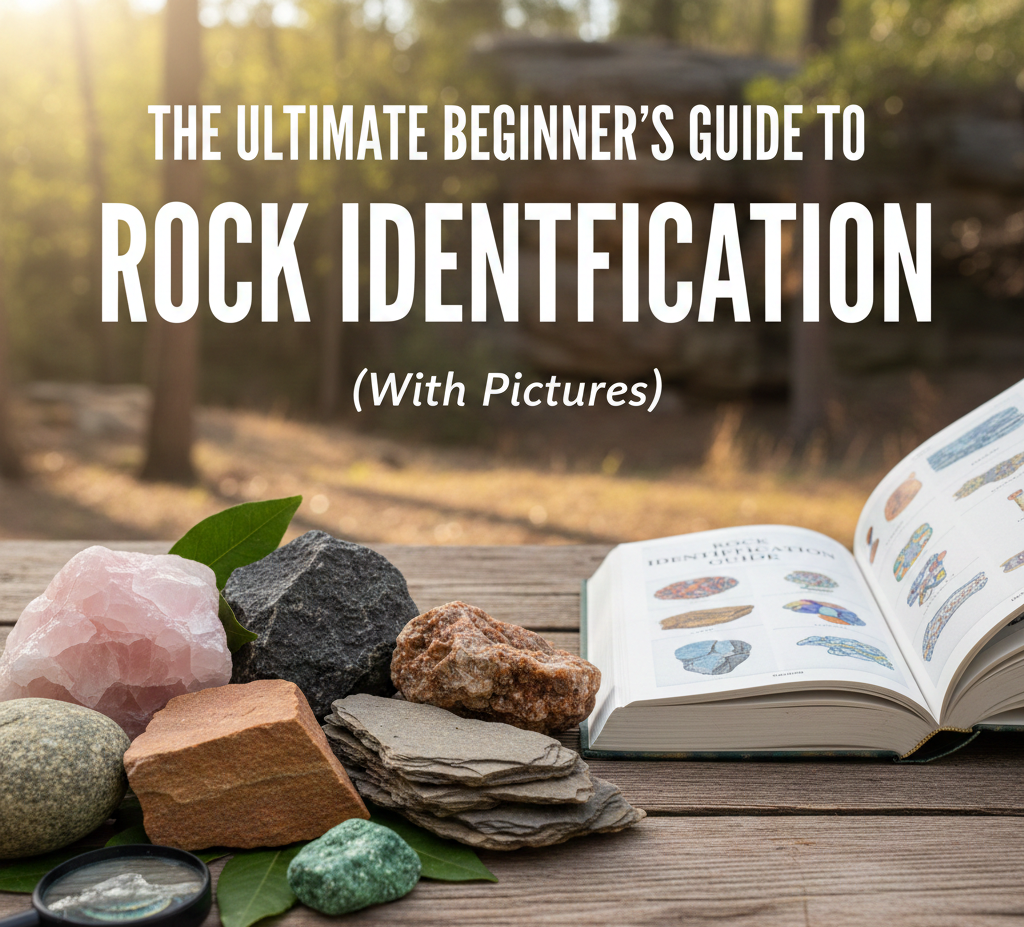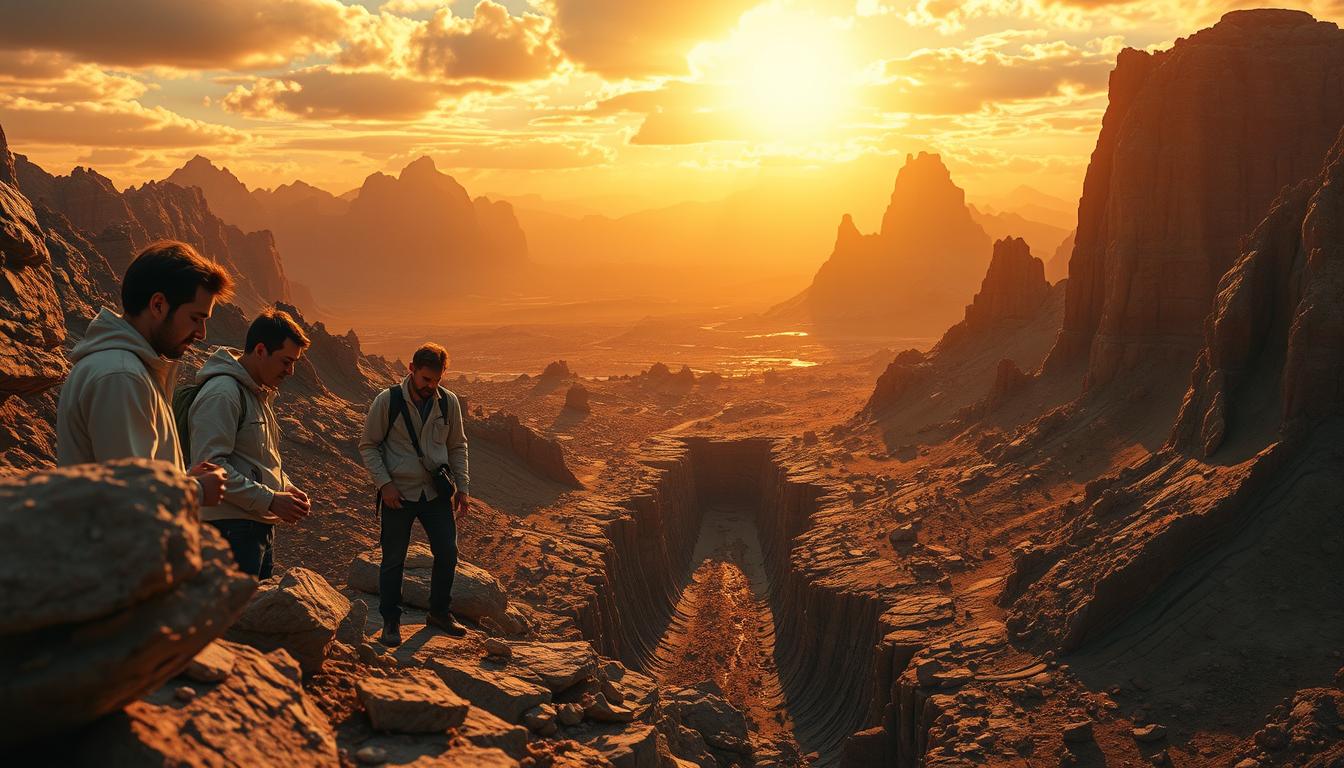Volcanoes are one of nature’s most awe-inspiring phenomena, combining the raw power of geological processes with a profound impact on the environment and human history. Among these, the most active volcanoes hold a special fascination due to their dynamic nature and the window they provide into the earth’s fiery interior.
Understanding Active Volcanoes
An active volcano is defined as one that has erupted in the last 10,000 years and is likely to erupt again. These volcanoes are often part of the Pacific Ring of Fire, a horseshoe-shaped belt that is home to 75% of the world’s volcanoes and over 90% of its earthquakes.
Key Active Volcanoes
1. Kīlauea, USA – Located in Hawaii, Kīlauea is one of the most active volcanoes on Earth. It has been erupting continuously since 1983, producing lava flows that have dramatically reshaped the landscape. The volcano is a shield type, meaning it has a broad, gently sloping shape due to the fluidity of its lava.
2. Mount Etna, Italy – Europe’s tallest and most active volcano, Mount Etna, has a history of eruptions dating back to 2000 B.C. Its frequent eruptions are often accompanied by ash clouds that disrupt air travel and lava flows that threaten nearby settlements.
3. Stromboli, Italy – Known for its almost continuous eruption activity, Stromboli has been erupting for over 2,000 years. Its persistent activity gives it the nickname “Lighthouse of the Mediterranean.”
4. Mount Merapi, Indonesia – This is Indonesia’s most active volcano and has erupted regularly since the 16th century. Its eruptions are often pyroclastic flows—fast-moving currents of hot gas and volcanic matter that pose a significant danger to life and property.
The Science Behind the Activity
Volcanic activity is primarily driven by tectonic forces. At subduction zones, where one tectonic plate slides beneath another, intense heat and pressure melt the subducting plate, forming magma that rises to the surface to create volcanoes. Conversely, at rift zones, tectonic plates spread apart, allowing magma to rise and fill the gaps, forming new crust.
Advancements in volcanic monitoring techniques, such as the use of drones equipped with sensors, have revolutionized our ability to predict eruptions and study magmatic processes. These technologies measure volcanic gases to provide early warnings and deeper insights into volcanic behavior
Impacts and Benefits
The impact of these volcanoes is not solely destructive. Volcanic soils are incredibly fertile, leading to rich agricultural lands. Geothermal energy harnessed from volcanoes also provides a sustainable energy source in many regions.
The Allure of Volcanoes
Volcanoes inspire both awe and curiosity, making them popular subjects for researchers and tourists alike. They play a crucial role in educating the public about geology, risk management, and the power of natural processes. They also have been the subject in many artistic depictions.
– “The Eruption of Vesuvius” by Joseph Wright of Derby – This painting captures the dramatic and terrifying eruption of Mount Vesuvius, highlighting the Enlightenment’s interest in natural phenomena.
– “Cotopaxi” by Frederic Edwin Church – Church’s depiction of the Cotopaxi volcano is renowned for its luminous portrayal of volcanic light and atmospheric effects.
– “Vesuvius in Eruption” by William Turner – Turner’s work is celebrated for its vibrant portrayal of chaos and the intensity of Vesuvius’s eruptions.

















































